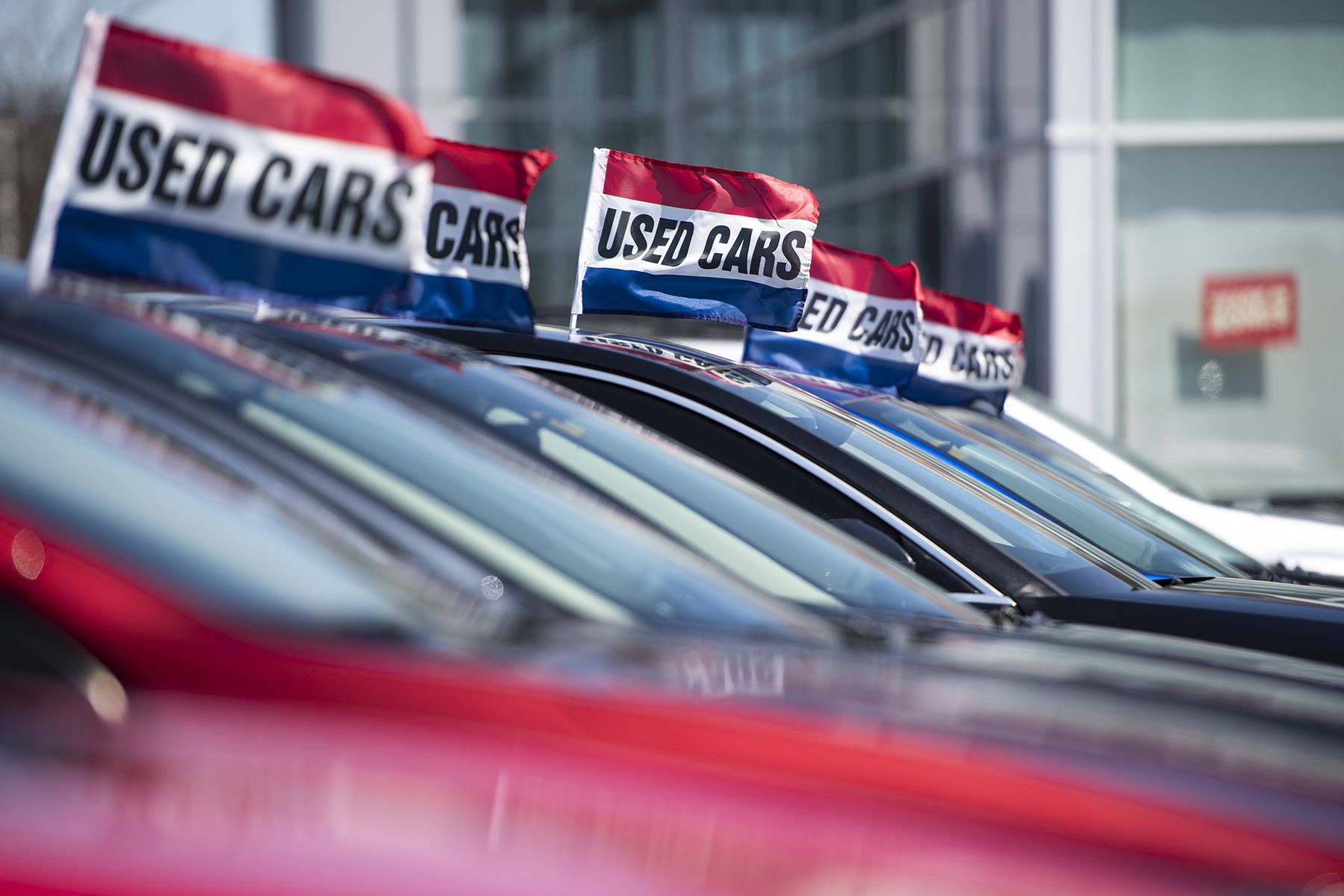
What If You Damage a Loaner Car from Dealership?
Imagine driving a shiny new loaner car from the dealership, feeling a surge of excitement. But what if the unexpected happens and you accidentally damage it? Don’t panic just yet; this article will guide you through the steps to take and what to expect.
Liability and Insurance Coverage
When you borrow a loaner car from a dealership, you are legally responsible for any damage caused to it. The extent of your liability depends on the terms of your agreement with the dealership and your personal insurance policy.
Collision Coverage: If you have collision coverage on your own auto insurance policy, it may extend to the loaner car. In this case, your insurer would cover the cost of repairs.
Rental Reimbursement: Some auto insurance policies include rental reimbursement coverage, which would cover the cost of renting a replacement car while your loaner is being repaired.
Reporting the Damage
If you damage the loaner car, it’s crucial to report it to the dealership immediately. Do not attempt to hide the damage, as it could lead to additional charges. Be honest and provide a detailed description of the incident.
The dealership will then assess the extent of the damage and determine the repair costs. If the repairs are minor, they may be covered by the dealership’s insurance. However, if the damage is significant, you may be held financially responsible.
Financial Responsibility
Depending on the severity of the damage and your insurance coverage, you may be required to pay for the repairs. The dealership will provide you with an estimate of the repair costs, and you can negotiate with them to reduce or waive any charges.
If you are unable to pay for the repairs, the dealership may report the incident to your insurance company or pursue legal action to recover the costs. It’s important to communicate with the dealership and work out a payment plan if necessary.
Tips and Expert Advice
- Drive cautiously: Always pay attention to your surroundings and anticipate potential hazards.
- Inspect the loaner car thoroughly: Before driving, inspect the car for any existing damage and report it to the dealership.
- Read the loaner agreement carefully: Understand the terms of your agreement, including your liability for damage.
- Get proof of coverage: Contact your insurance company to confirm that you have adequate coverage for the loaner car.
- Take pictures of the damage: Document the damage with photographs or videos for insurance purposes.
FAQ
Q: What is the deductible for damage to a loaner car?
A: The deductible will depend on your insurance policy and the dealership’s agreement.
Q: Can I be charged for damage that was not my fault?
A: In most cases, you are responsible for any damage to the loaner car, regardless of fault. However, you may have recourse if the damage was caused by a third party or the dealership.
Q: What happens if I don’t have collision coverage?
A: If you do not have collision coverage on your own policy, you may be held financially responsible for the repairs. You may also be charged a deductible if you have collision coverage.
Conclusion
Damaging a loaner car can be a stressful experience, but by understanding your responsibilities, reporting the damage promptly, and working with the dealership, you can mitigate the impact and fulfill your obligations. Remember to drive responsibly, follow the tips above, and ensure you have adequate insurance coverage to protect yourself financially.
Are you interested in learning more about the topic of loaner car damage? Leave a comment below and let us know!

Image: www.wikihow.com
Image: apnews.com
The Chase Sapphire Rental Car Insurance Guide | Chase No you dont have a case, you got in an accident in a loaner car, you’re now feasible to pay those damages no matter how expensive they are. My issue is this. I have insurance and a $500 deductible. The insurance paid the approved work less the $500 I am responsible for. The repair shop did work that the insurance company did not approve.